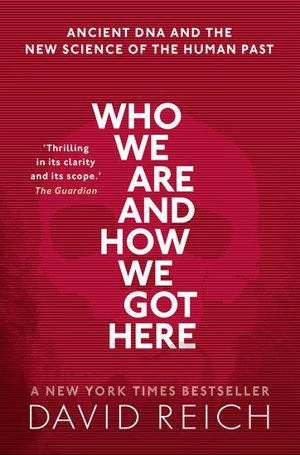
PublishedOxford University Press, March 2019 |
ISBN9780198821267 |
FormatSoftcover, 368 pages |
Dimensions19.7cm × 13.1cm × 2.2cm |
The past few years have seen a revolution in our ability to map whole genome DNA from ancient humans. With the ancient DNA revolution, combined with rapid genome mapping of present human populations, has come remarkable insights into our past. This important new data has clarified and added to our knowledge from archaeology and anthropology, helped resolve long-existing controversies, challenged long-held views, and thrown up some remarkable
surprises.The emerging picture is one of many waves of ancient human migrations, so that all populations existing today are mixes of ancient ones, as well as in many cases carrying a genetic component
from Neanderthals, and, in some populations, Denisovans. David Reich, whose team has been at the forefront of these discoveries, explains what the genetics is telling us about ourselves and our complex and often surprising ancestry. Gone are old ideas of any kind of racial 'purity', or even deep and ancient divides between peoples. Instead, we are finding a rich variety of mixtures. Reich describes the cutting-edge findings from the past few years, and also considers the sensitivities involved
in tracing ancestry, with science sometimes jostling with politics and tradition. He brings an important wider message: that we should celebrate our rich diversity, and recognize that every one of us
is the result of a long history of migration and intermixing of ancient peoples, which we carry as ghosts in our DNA.What will we discover next?

